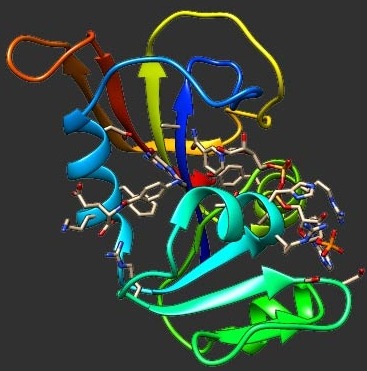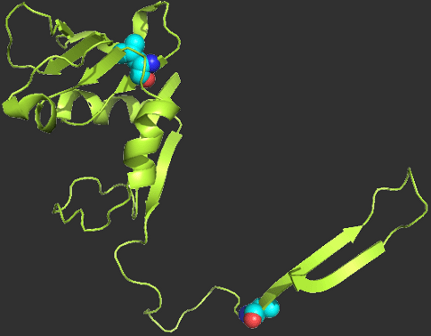Citation:
Date Published:
2015/2/17/Abstract:
It has long been known that solvation plays an important role in protein-protein interactions. Here, we use a minimalistic solvation-based model for predicting protein binding energy to estimate quantitatively the contribution of the solvation factor in protein binding. The factor is described by a simple linear combination of buried surface areas according to amino-acid types. Even without structural optimization, our minimalistic model demonstrates a predictive power comparable to more complex methods, making the proposed approach the basis for high throughput applications. Application of the model to a proteomic database shows that receptor-substrate complexes involved in signaling have lower affinities than enzyme-inhibitor and antibody-antigen complexes, and they differ by chemical compositions on interfaces. Also, we found that protein complexes with components that come from the same genes generally have lower affinities than complexes formed by proteins from different genes, but in this case the difference originates from different interface areas. The model was implemented in the software PYTHON, and the source code can be found on the Shakhnovich group webpage: http://faculty.chemistry.harvard.edu/shakhnovich/software.

